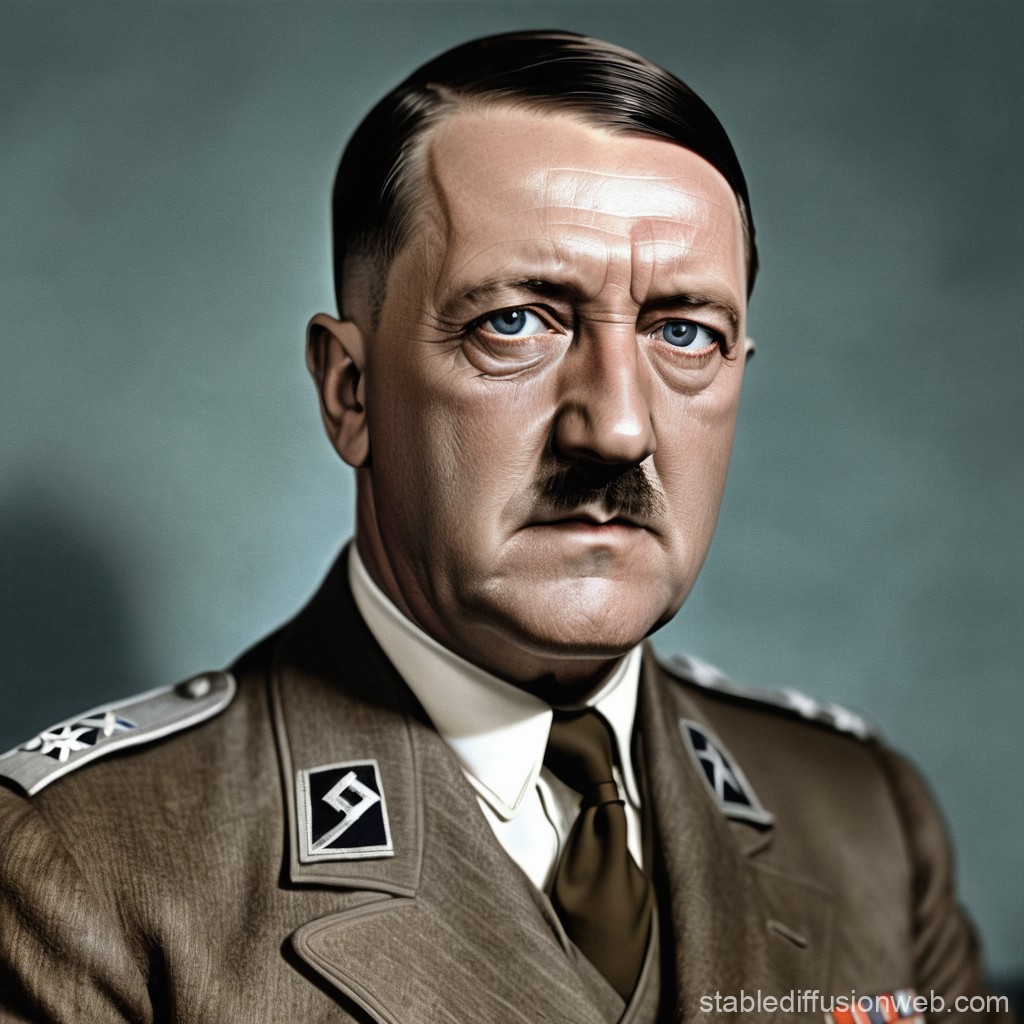In examining the malevolent machinations of Adolf Hitler and the Nazi regime, it is imperative to engage with the intricate methodologies employed in the systematic dehumanization of the Jewish population. This grim narrative transcends mere historical recounting, serving as a precursor for modern reflections on prejudice and the erosion of humanity. The nuanced teachings of the Bahá’í Faith can facilitate a deeper understanding of the consequences of dehumanization, and illuminate pathways towards fostering compassion and unity in our contemporary society.
To elucidate Hitler’s incremental stratagem of dehumanization, one must first recognize the foundational ideologies that just propelled such abhorrent actions. The process can be delineated into distinct phases, each characterized by a deliberate escalation of animosity and systemic oppression. This analysis will explore the psychological underpinnings, socio-political mechanisms, and cultural ramifications associated with this process.
1. Propagation of Scapegoating
At the crux of Hitler’s agenda was the need for a scapegoat—culprits on whom societal discontent could be projected. Jewish individuals were uniquely positioned as this scapegoat due to historical prejudices deeply ingrained in Europe’s socio-cultural fabric. The orchestrated vilification commenced subtly, emphasizing the notion that Jews were responsible for Germany’s economic woes following World War I. This framing generated a unifying narrative among non-Jewish individuals, thereby fostering an ‘us versus them’ mentality.
2. Institutionalization of Discrimination
Once a foundation of scapegoating had been laid, Hitler and the Nazis proceeded to institutionalize discrimination. Laws prohibiting Jews from engaging in various aspects of public life—such as the promulgation of the Nuremberg Laws in 1935—manifested the transition of prejudicial sentiment into formal legal frameworks. Such legal sanctions not only deprived Jews of their rights but also normalized discriminatory practices in the eyes of the populace, leading to a gradual acceptance of their marginalization.
3. Cultural Dehumanization
As societal structures became increasingly hostile, cultural narratives evolved to depict Jews as inferior or parasitic. Propaganda campaigns, disseminated through media outlets and educational systems, curated a narrative that dehumanized the Jewish populace, portraying them as a monolithic entity characterized by malevolence. The arts, literature, and even scientific discourse were weaponized to eradicate any vestige of Jewish humanity, rendering them objects of disdain rather than individuals deserving of empathy.
4. Psychological Warfare
In tandem with institutional and cultural dehumanization, psychological tactics emerged as a crucial component of the Nazi strategy. The propagation of fear and hatred was perpetuated through relentless propaganda, which framed Jews as existential threats to the Aryan ideal. This psychological assault aimed to desensitize the German public to the plight of Jews, reinforcing stereotypes that made it increasingly palatable for ordinary citizens to condone or participate in their oppression.
5. Social Isolation and Segregation
Social isolation served as another insidious tactic employed by the Nazi regime. By physically segregating Jews from the broader German society—culminating in the establishment of ghettos—the regime effectively distanced the atrocities taking place from the public consciousness. This forced separation fortified the narrative of Jews as fundamentally different, facilitating the broader acceptance of violence against them. Such segregation not only stripped Jews of their roles within society but also isolated them emotionally and psychologically, further severing the connections that might engender empathy among the general populace.
6. Escalation to Violence
As Hitler’s plans culminated, the dehumanization process reached an apex during the Holocaust, wherein the regime enacted systematic extermination policies. This final phase marked a harrowing transformation from hatred and discrimination to unspeakable violence, exemplifying the ultimate manifestation of dehumanization. The employ of euphemistic language—termed “Final Solution”—was a deliberate attempt to obscure the monstrosity of these acts, further illustrating the disconnect from humanity that characterized the perpetrators.
7. Repercussions and Lessons Learned
The repercussions of Hitler’s dehumanization tactics extend far beyond the annals of history. The Holocaust serves as a stark reminder of the potential for atrocity inherent in unchecked hatred and prejudice. The teachings of the Bahá’í Faith emphasize the oneness of humanity, advocating for unity and understanding across cultural divides. In reflecting on the lessons gleaned from this dark chapter, a collective responsibility emerges: to cultivate an environment devoid of scapegoating, discrimination, and dehumanization.
In conclusion, the step-by-step process of dehumanizing the Jewish people during Hitler’s regime highlights a tragically calculated approach to instilling systemic hatred. Engaging with this narrative through a Bahá’í lens fosters a deeper awareness of the importance of empathy, compassion, and proactive measures to counteract prejudice. As the specter of such inhumanity lingers, the commitment to uphold the dignity of every individual becomes not only a moral imperative but also a pragmatic necessity for ensuring peace and coexistence in a diverse world.
